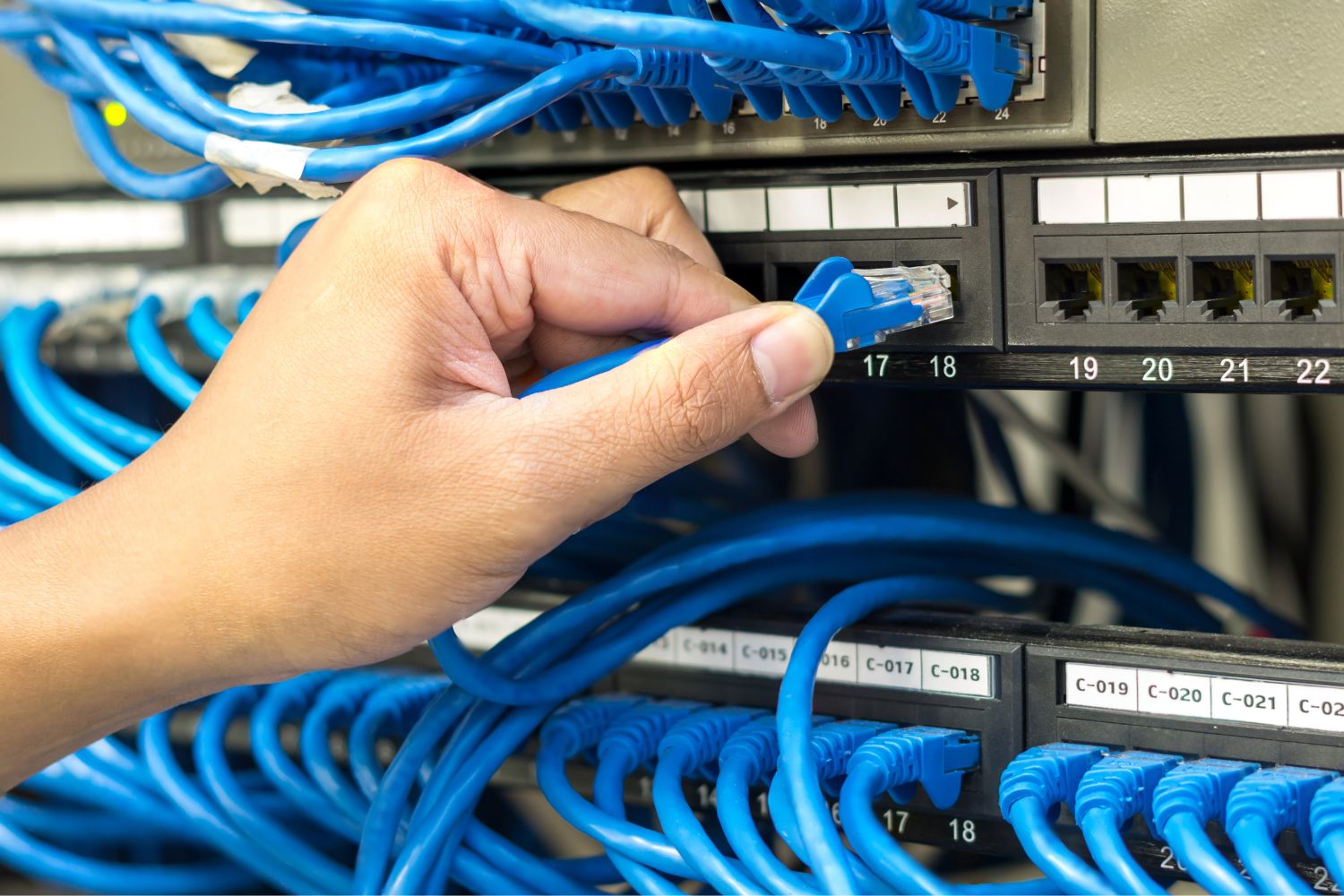If you’re a startup or just starting as a data center designer, A Complete Guide to Data Centers can help you decide which type of facility is right for your needs. This guide will walk you through a data center’s design, explain its features’ purpose, and cost, and offer a general overview of the process. A Complete Guide to Data Centers will prove invaluable as your career progresses.
Costs
While the data centre operations costs may not be as high as those of traditional office buildings, they can still be high enough to deter many businesses from using them. According to recent reports, the average data center will spend 40% of its annual operating budget on power, or $7.4 million. In addition, data centers account for about 2% of global electricity consumption. The amount of money that data centers spend on power is significant: it makes up about 8% of the total cost of electricity used worldwide.
Data centers are not supposed to function in a competitive market, so they must be large to be affordable for small firms. The cost of running a large data center can be as high as $10 million. However, even small firms cannot afford such a large outlay, so they must choose other ways to house their data. Another consideration when selecting a data center location is the Hirschman-Herfindahl index. A high concentration means that a small group of firms controls a higher share of the market.
Flexibility
While the flexibility of data centers has been a hot topic for years, little research has been done to support the concept. For example, Google has identified options that could allow them to run its data centers more efficiently, thereby reducing its energy consumption. In addition, while the concept of data center flexibility has been around for some time, researchers have yet to fully understand how information systems for switching to carbon-free energy can support this transition.
Despite this, data centers are now the largest energy consumers in the ICT sector, and the cooling system alone can account for half of the total energy use. Since this is such a significant portion of the overall energy cost for a data center, flexibility in shifting energy demand can be an invaluable resource. However, the issue is how to maximize flexibility in cooling systems, so a novel methodology has been developed. This method involves modeling the cooling system as an ESS and expressing temperature set-points through a recursive formulation.
Security
Physical security for data centers requires several strategies, including installing surveillance cameras and alarm systems. Cameras provide visual alerts to security guards and can also deter potential threats. These cameras should be placed strategically around the data center to monitor internal activities. In addition, you should install physical barriers in areas that are difficult for unauthorized individuals to access. Physical barriers can be practical tools for deterring intrusion, but they can’t protect your data center from every possible threat.

Many companies are taking extreme measures to protect their data, including building underground data centers for their corporate networks. Some are operating as deep as 60 feet underground. Other companies are opting for a secure location. For example, U.S. national security agencies are building a massive data center in Utah that will be completely self-contained, with its water supply, sewer system, power backups, and anti-terrorism defenses. However, regardless of the type of data center, this infrastructure’s threats are the same.
Scalability
The need for scalability of data centers has fueled the growth of hyperscale data centers. The advent of software-defined data centers (SDDCs) has made it easier to scale data centers as needed. Companies need scalability to reduce their hardware and software redundancies, and SDDCs is a great way to achieve this. This trend is expected to grow, with more businesses focusing on data warehousing.
With global internet usage estimated at 50% of all species by 2018, data centers are necessary for huge distributed sites. Often, these data centers develop mission-critical software. While traditional data centers rely on static, greedy resource allocation, scale clouds can increase their data centers’ capacity and aggregate utilization. The need for data centers is only expected to increase as the number of people on the planet increases. While COVID-19 has increased security risks, modular data centers are easily scalable and portable.
Location
Data centers’ geographic location can impact several factors, including network latency and cost elements. For example, a data center located in North Carolina may be less expensive than one in Oregon. The availability of skilled labor is another consideration. For companies that have large data centers, location is an important consideration. But there are some caveats before deciding where to put your data center.
The location of data centers can influence website speed and performance. In addition to speed, location can also affect conversion rates. Mobile users typically abandon mobile websites that take too long to load. To combat this problem, use cloud services. They offer several benefits, including low network latency and long connection times. This means faster websites and a higher conversion rate. However, a data center in an area prone to natural disasters or political instability is not a good choice.











